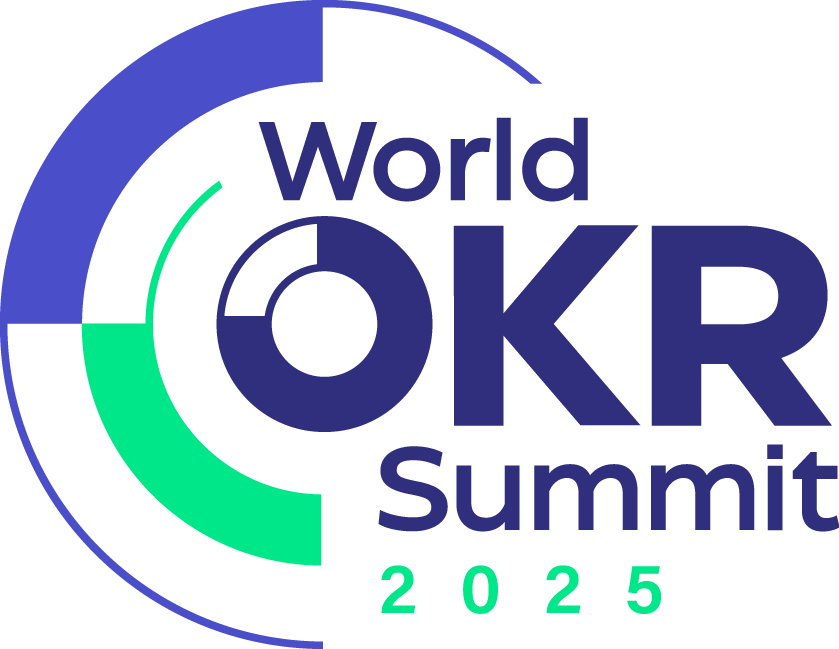Her Keynote includes three perspectives on corporate OKRs, containing both difficulties and
achievements during this OKR journey:
1) Align with KPIs The quality of an OKR becomes crucial when the directional and
agile dynamics towards an outcome need to match with a committed KPI roadmap.
2) Synchronize across functions: a time-bound liaison. OKRs are best suited for
horizontal alignment throughout a worldwide matrixed organization by coordinating all
contributions to a common focus. They are particularly helpful with adding the
conducive impact of Central Services to the value creation of Business Areas.
3) Explore individual aspiration: Forget mindset, awareness or culture. Invest in
finding the best words together! The process of honing instructive OKRs as a team
pulls everyone’s attention towards the outcome.
In other words: Writing and communicating strong OKRs is a realistic prediction of
success.
31st Oct
AI is flooding into boardroom agendas, but too many initiatives stall in AI Theater: dazzling demos, slide decks, and inflated budgets with little business impact. Meanwhile, transformation leaders are caught between SAFe Theater and OKR Theater – a lot of mechanics, but an inability to sense and respond at the pace needed to navigate the AI landscape and the need to develop their products and company with strategic agility.
This session reframes the challenge: develop your company like a product. By combining OKRs, agility principles, and product operating models, you can build an organizational “operating system” fit for the AI age—adaptive, outcome-oriented, and capable of turning disruption into advantage.
You’ll learn how to:
Create your AI Money Map, identifying significant constraints slowing down your business flywheel and developing a strategy for where you will focus and how you plan to win with AI.
Align OKRs around strategic customer outcomes that cut across silos and connect actionable intent to desirable business impact while enabling agility in activities and outputs.
Improve Strategic Focus by introducing flow thinking and discipline to your OKR consideration, commitment, and traction OS.
Derisk AI Bets leveraging lean startup thinking and practices applied across your investment portfolio.
Evolve beyond feature factories and agile theater toward resilient product labs that actually deliver impact. Identify key opportunities to subtly shift your existing Agile/SAFe execution model to support strategic outcome-oriented agility.
Whether you’re wrestling with SAFe, scaling OKRs, or steering AI investments, you’ll leave with a practical playbook for avoiding theater and actually striking gold.
The idea is to touch on three dilemmas for leaders when it comes to OKR implementation. Then move to which leadership styles can help on OKR maturity stages and share a framework. And finish it with some techniques and tips for breaking silos through OKR leadership.
October 30th & 31st
via zoom




